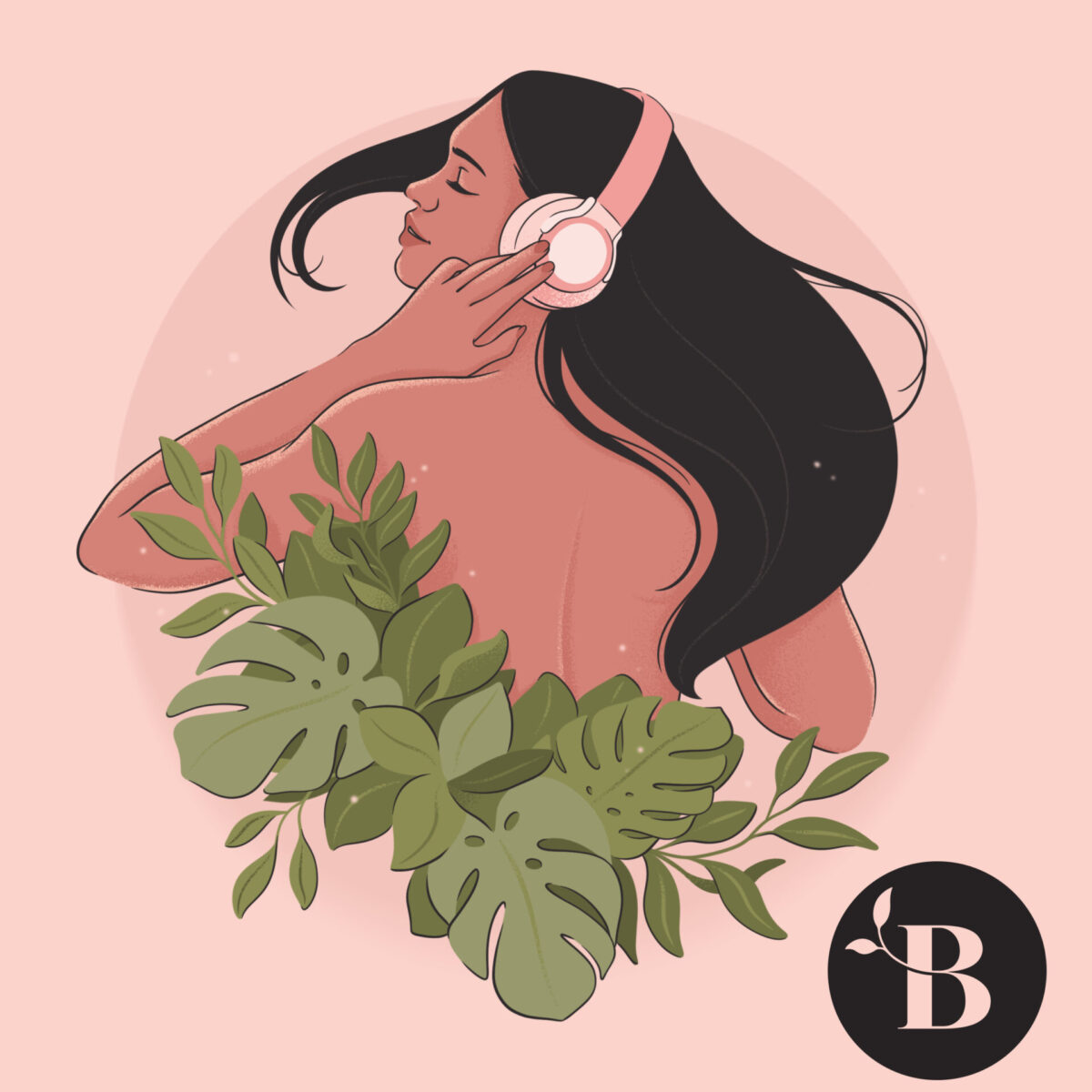What Is Orgasmic Meditation and Who Might It Help?
SexForEveryBody.com is supported by our readers. We may earn a commission if you buy through links on our site. Learn more.

Since the practice of orgasmic meditation hit news cycles in the 2000s, it’s been the focus of skepticism, sensationalism, and excitement.
That’s not even touching on the controversy and serious allegations faced by its creator, OneTase CEO Nicole Daedone and the company’s former head of sales Rachel Cherwitz. The two were indicted on forced labor conspiracy charges in June following an FBI investigation. If convicted, they could face a maximum sentence of 20 years in prison.
Accusations against OneTaste leaders have been well-reported in the mainstream media, including in a series of Bloomberg articles, a Netflix documentary, and a BBC podcast that is the subject of a defamation lawsuit. On OneTaste’s Medium blog, you can read a series of rebuttals countering negative press coverage as misrepresentations and cherry-picking of stolen footage.
After being contacted by press representatives for Nicole Daedone about her work in the slow-sex movement, my immediate reaction was not to respond. The topic felt like a big can of worms, that if opened, might do more harm than good.
However, after consuming existing press coverage and speaking with current supporters of orgasmic meditation, what shines through, even from listening to OneTaste detractors, are the potential benefits of the practice when it’s stripped down to its core.
This article homes in on scientific findings on the practice of orgasmic meditation.
In particular, a controlled lab study carried out by neuroscientist and licensed psychologist Nicole Prause shows results that challenge common assumptions about sexual response and past trauma.
What is orgasmic meditation?
The practice of orgasmic mediation, often referred to as OM, involves two people: the stroker and the strokee. While the person being stroked, the strokee, must have a clitoris, the stroker simply needs to have use of their hands, their sex or gender doesn’t matter.
Achieving orgasm is not the intended goal of the practice, although it may happen, and each session of orgasmic meditation is hard-capped at 15 minutes. The purpose, on the other hand, is to focus on sensations that arise.
During, the strokee lies naked from the waist down and has the upper-left quadrant of their clitoris stimulated by the stroker, who wears gloves and remains fully clothed. Touch is not reciprocal and it must be a partnered, and not a solo practice.
More detailed instructions can be found in an online document called Container and Form of Orgasmic Meditation® (pdf).
The study
A 2021 research article published in the journal Sexual and Relationship Therapy reported findings from a study that examined the link between childhood trauma, sexual response, and sexual arousal states.
“We were looking at the impact of people who had sexual abuse history and also trauma more broadly,” said study lead Nicole Prause, Ph.D.
“We wanted to understand what the effects were and also some of the physiology that goes on during orgasmic meditation.”
Researchers carried out the study in a laboratory setting, inviting existing practitioners of orgasmic meditation in order to monitor them before, during and after a session.
In total, 125 couples participated, who were recruited through social media and word of mouth. To gauge their backgrounds and assess whether participants had experienced past trauma and, if so, to what extent, they filled out the commonly used Adverse Childhood Experiences (ACEs) Questionnaire.
Testing assumptions
While some theories suggest that experiences of past sexual trauma impair a person’s ability to feel close to others, making it difficult to connect with intimate partners, others argue that contextual factors may contribute to this.
To test this hypothesis, Prause’s team examined whether individuals with a history of sexual trauma experienced the same lack of perceived closeness during orgasmic meditation.
The question Prause set out to answer: “Can people who have had that kind of a history potentially benefit or have positive experiences from an orgasmic meditation experience?”
“Often people who’ve had a sexual abuse history, have a lot more adult sexual partners. There are debates about why that occurs and some people call it acting out and they see it as very negative and a terrible thing,” said Prause.
“Others of us think that, yes, there can be some increased risk to be aware of, but women aren’t stupid. People who’ve had those experiences are making these choices for a reason, and it may be something that’s actually useful or potentially therapeutic to them to be engaging with more adult sexual partners.”
Related Read: 3 Sex and Mindfulness Apps for Your Pleasure
The results
The study results, in fact, challenged assumptions that people who have experienced past sexual trauma can’t experience pleasure and human connection.
As Prause put it, the harsh misconception that they are “damaged goods” and can’t process or respond to sexual stimuli was flipped on its head.
“The main effect with that study that we saw was people who had a sexual abuse history, were experiencing more sexual arousal in the context of orgasmic meditation than people who didn’t have that abuse history,” said Prause.
“Although on average everyone did, which is not surprising. It’s a direct genital stimulation protocol.”
In addition, the results showed that participants reported higher positive emotions and lower negative emotions after an orgasmic meditation session.
Speculating on consent cues
“We speculated that maybe the reason people had this enhanced sexual response, despite having an abuse history, was that this is a highly predictable, safe way to experience sexual pleasure.”
“It likely feels very safe to someone who otherwise might experience sexuality as very unsafe.”
Most people use nonverbal consent cues before engaging in sexual intercourse, but those are open to interpretation, added Prause.
“Of course, OM is not sex, it doesn’t have the components of spontaneity. The consent is highly structured, which is not typical. Even consensual good sexual experiences normally are not as highly structured consent-wise as orgasmic meditation is.”
“Most of the time in adult sexual interactions, we don’t approach them with a contract like, ‘Do you consent to have vaginal-penile intercourse with me on this date for approximately 10 minutes?’ I mean, that’s not done.”
Related Read: Ohnut Kiwi Sex Toy Relieves Vaginal Entry Pain
Who might orgasmic meditation help or harm?
“It looks like orgasmic meditation can be helpful, that you’re at least likely to experience sexual arousal, positive emotions, those kind of experiences,” said Prause.
“If you’ve been struggling to have positive experiences with sexual interaction, and you’re able to tolerate orgasm meditation, it might be a good thing to try.”
So far, the data doesn’t suggest the practice of orgasmic meditation would be harmful, but more research needs to be done.
“Can it be harmful? We didn’t test that,” said Prause.
“We would have to randomly bring in people who had no experience with orgasmic meditation, and expand the history of sexual abuse and assign them to try it,” said Prause.
“I think for anyone who tries it, they should be aware of their own response. Pay attention, value that response, share it with folks who are not practitioners and those who are.”
The University of Pittsburgh oversaw the study through its Institutional Review Board (IRB), which is regulated by the US federal government’s Department of Health and Human Services. According to Prause, these oversight bodies enforce methods to obtain informed consent and protect privacy.
“That is important for people to know,” said Prause. “If something bad had happened, or they had a negative experience, they had every reason to tell us because they were protected, and it was all confidential.”

Jenna Owsianik is a Canadian journalist and sex tech industry expert. She is the Founder and Editor-in-Chief of Sex For Every Body®.
Her expertise covers state-of-the-art sex technologies and the major fields driving innovations in intimacy: robotics, virtual reality, remote sex (teledildonics), haptics, immersive adult entertainment, human augmentation, virtual sex, and sexual health.
A trained journalist with a Masters of Journalism from The University of British Columbia, Jenna’s reporting has appeared on Futurism.com, Al Jazeera English, CTV British Columbia online, CBS Sunday Morning, CBS 60 Minutes, Global News, and CKNW Radio in Canada and the United States.












